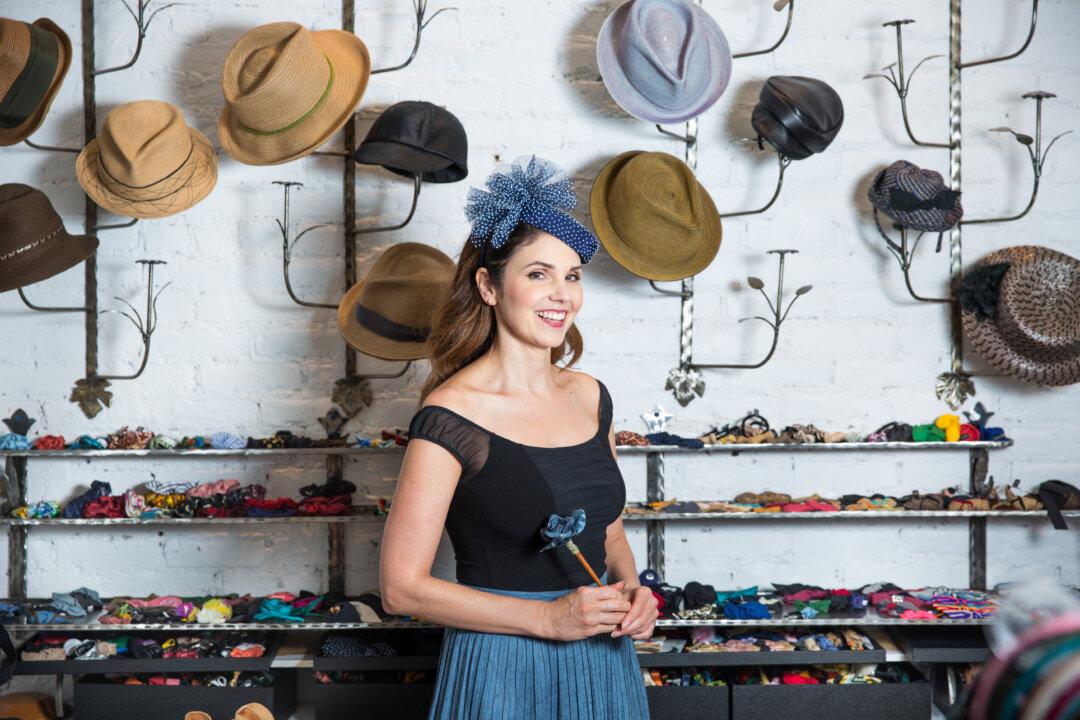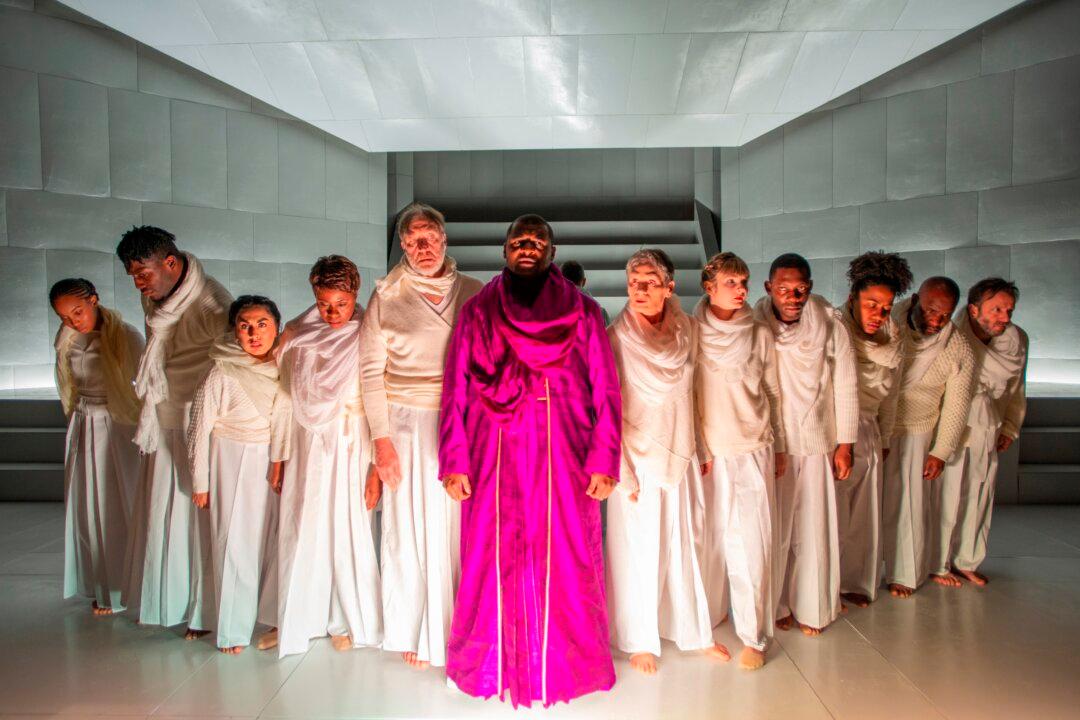Milliner Jennifer Ouellette has managed to stitch together the best of old and new business practices—a challenging pursuit when practicing one of fashion’s oldest art forms. She’s combined a concern for the environment and the livelihood of her staff with painstaking, traditional craftsmanship. The results are hats that seem to transcend time.
The only millinery currently producing in Manhattan’s garment district, Ouellette’s studio takes customers back to an era when society ladies never left home without a hat and a pair of gloves.




